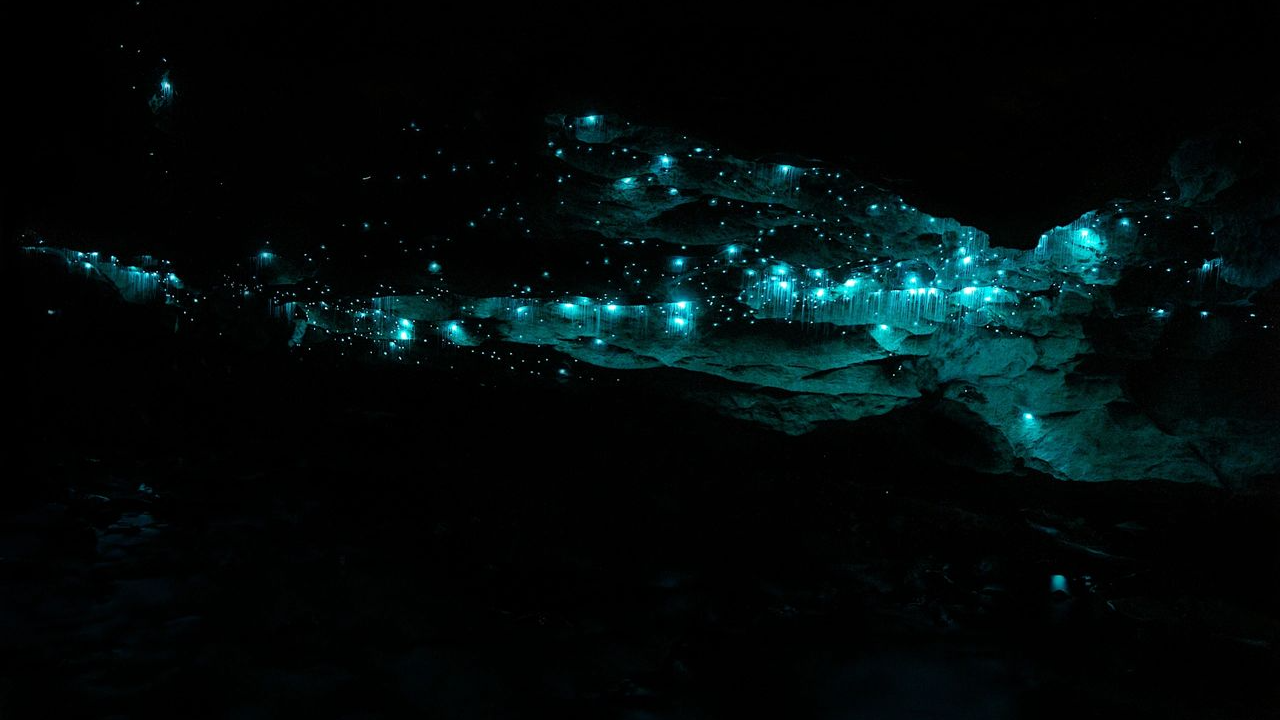The world is full of wonders, both seen and unseen, but among its most captivating spectacles is the enchanting dance of bioluminescence. Imagine floating on the inky canvas of a moonless ocean night, only to witness the water around you erupt in a surrealdisplay of glowing patterns, a veritable light show put on by nature itself. Let’s dive deep into this luminescent world and discover what makes it so mesmerizing.
Nature’s Neon: What is Bioluminescence?
At its core, bioluminescence is a marvel of evolution—a chemical reaction wherein living organisms produce light. This phenomenon occurs when a molecule called luciferin reacts with oxygen, facilitated by an enzyme known as luciferase. This intricate dance of molecules results in a burst of light, one thatcan be as fleeting as a firefly’s flash or as persistent as the glow of a deep-sea anglerfish.

Stars Below the Waves: The Oceans’ Glow
The vastness of our oceans hides myriad bioluminescent wonders. Creatures like the lanternfish, jellyfish, and certainspecies of squid and krill all shimmer with their unique luminescence. But why do they glow? For some, it’s a defense mechanism—startling predators or illuminating potential prey. For others, it’s about camouflage, where their belly-glow offsets any shadows, rendering them invisible from below.
Torchbearers of the Land: Fireflies and Fungi
While the oceans undoubtedly host the majority of bioluminescent organisms, the land isn’t entirely bereft. Fireflies, those iconic harbingers of summer evenings, flicker with a light that serves as a complex mating ritual. Then there’s the ethereal glow of certain fungi species, casting forests in a ghostly shimmer and leading many to coin such places as ‘fairy forests.’

The Science of Sight: How Bioluminescence Benefits Research
Beyond its natural allure, bioluminescence has profound implications for scientific research. The proteins responsible for the glow in creatures like the crystal jelly have revolutionized cell biology, aiding in tracking cellular processes. By lighting up certain cells, researchers can monitor disease progression, treatment effectiveness, and even the intricate dance of DNA within.
Future Frontiers: The Promises of Bioluminescence
As we deepen our understanding, bioluminescence promises innovations that seem straight out of a sci-fi novel. Imagine roads illuminated by bioluminescent trees, reducing the need for electricity. Or bio-lights, which could act as sustainable alternatives to street lamps. The prospects are as boundless as they are bright.

A Symphony of Light in Nature’s Depths
Bioluminescence is more than just a pretty display. It’s a testament to nature’s ability to adapt, innovate, and inspire. It reminds us that even in the darkest corners of our planet, there’s beauty waiting to be discovered. So, the next time you find yourself gazing at a firefly or watching videos of deep-sea expeditions, take a moment to appreciate the complex choreography of life and light playingout in front of your eyes.

By Stanislav Kondrashov



